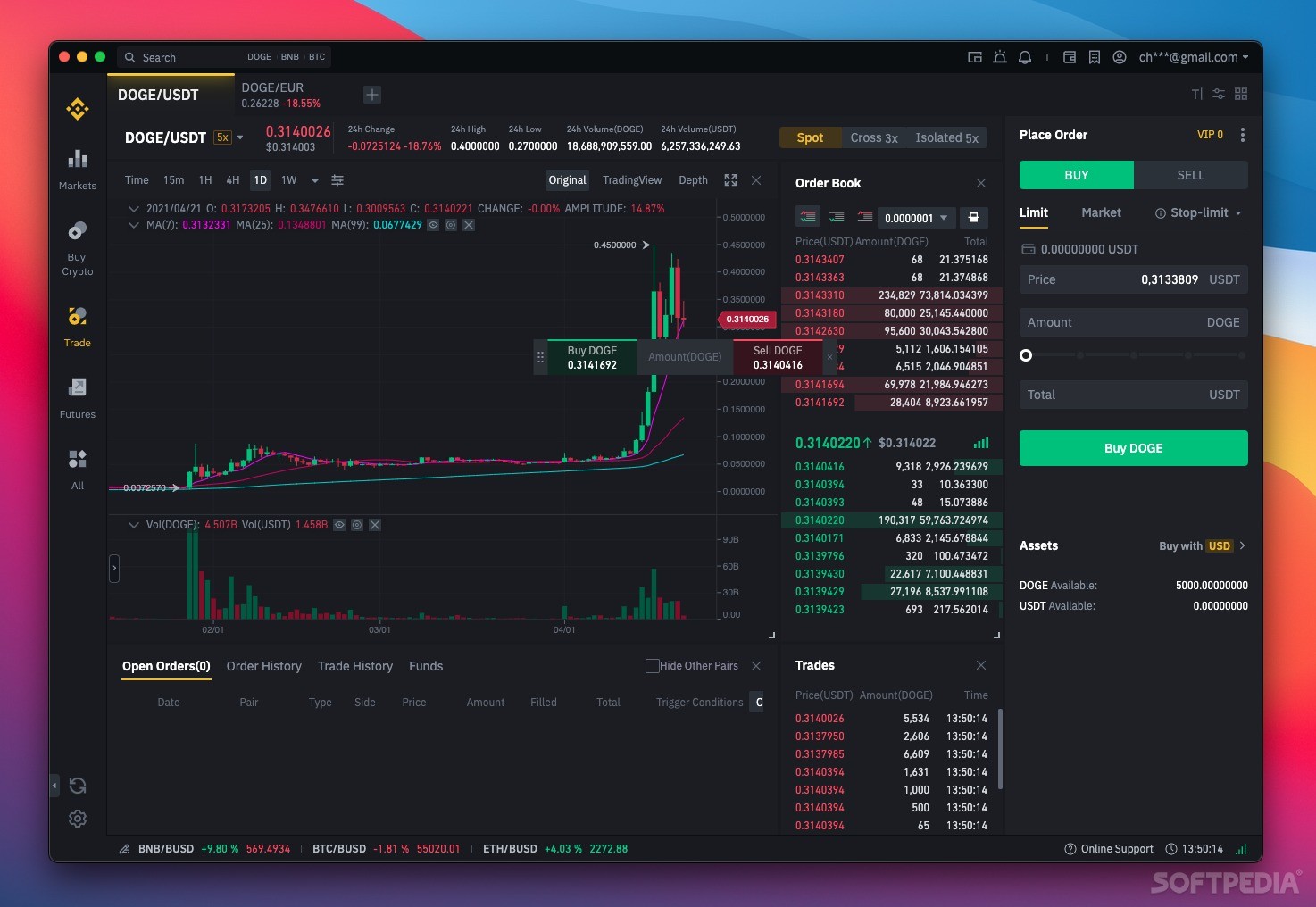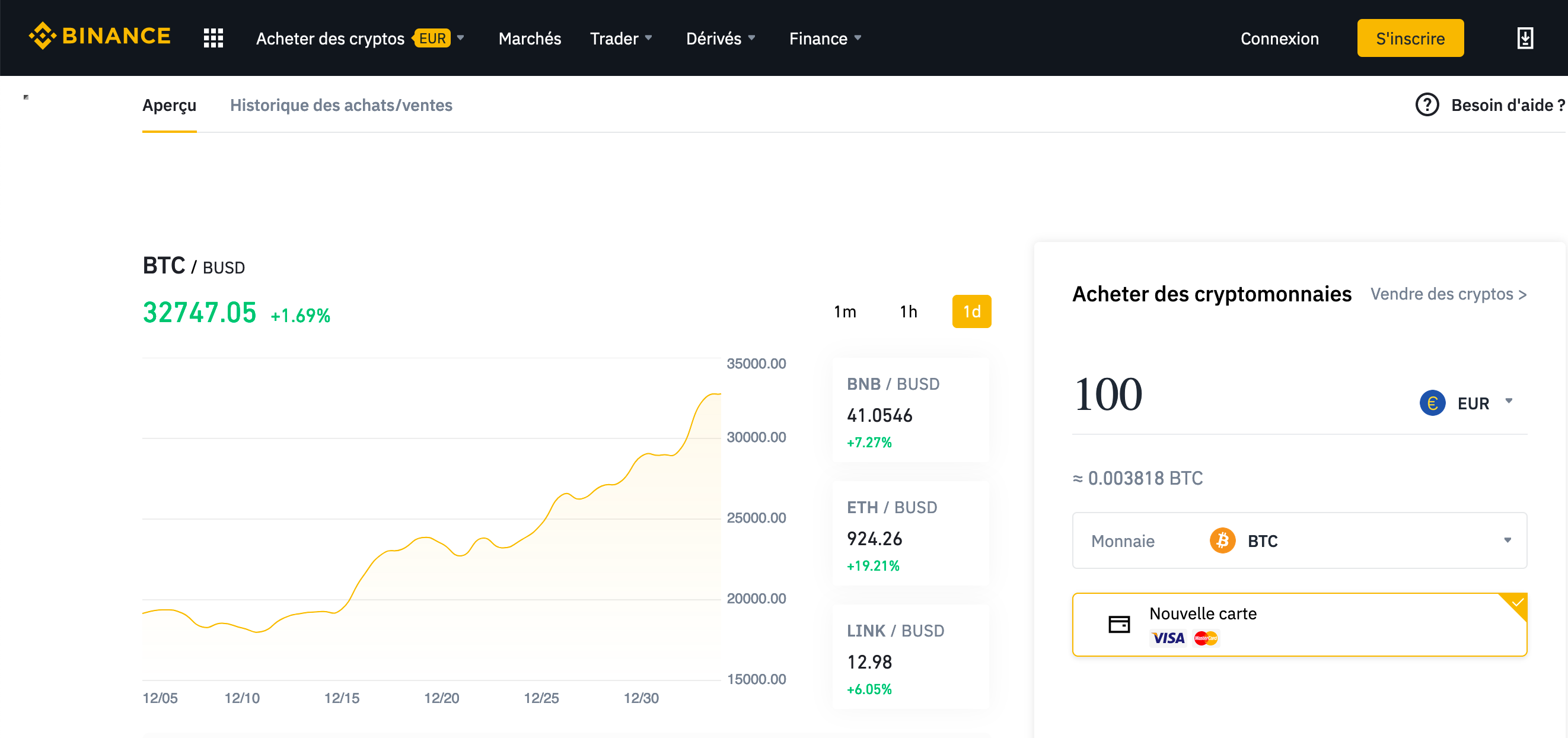

From the color-coding, you might note that there are three types of methods we can use: If you expand the folders under the Collections tab, you’ll see that we can make many different requests. In the next section, we’ll look at the kinds of requests we can make. Under the Collections tab to the left of the window, you’ll now notice that we have a folder with over 100 requests. You should now see a confirmation screen identifying the import as being in the Postman Collection format.

But we’re working with the spot one, so you must select the Binance Spot API.postman_collection.json file. This time, enter collections in the subdirectory. We’re looking for the binance-postman-api folder again. In the popup, under the File tab, select Upload Files. Now we will import the collection – this is an extensive assortment of requests that do the heavy lifting for us when making calls. Click it and select Binance Spot Testnet API. To the right of the gear icon we clicked to set up the environment earlier, you’ll see a dropdown menu that currently says No Environment. These two values will be automatically created upon each request. On this screen, leave the timestamp and signature fields blank. Edit the two parameters outlined in red by pasting the keys you saved earlier. Click on Binance Spot Testnet API to see the variables below. Ensure you have the correct one because our keys won’t work with the other.Īlmost there. The one we’re after is binance_com_spot_testnet_api.postman_environment.json. You’ll now see two files (one for mainnet and one for testnet). Select Import, and navigate to your extracted folder ( binance-postman-api ).Įnter it, then enter the environments folder. You’ll be greeted with a Manage Environments popup. Then, we can head back into Postman.Ĭlick on the gear icon in the top right-hand corner (illustrated above). You can find it in your file explorer and unzip it. We’ll first need to grab some information from the Binance GitHub repository. This step is just a way to add variables to the requests we will work with. Creating the environmentĪt this stage, you should have an interface that resembles the following.įirst, we want to create our environment. If you want to skip this step, simply select the option to do so at the bottom of the window. Fire up the application, and we’re good to go! You can create an account to log in, but it isn’t necessary.
BINANCE FOR MAC INSTALL
Once that’s completed, locate it in your file explorer and install it.
BINANCE FOR MAC DOWNLOAD
Head over to the Downloads page and download the. The program is available for Mac, Windows, and Linux. It’s a perfect starting point for us – we’ll have access to collections of Binance requests that we’ll test without needing to write a single line of code. Postman is an API Collaboration platform. If you’re running several trading bots, using separate keys with descriptive labels makes it easier to manage permissions or delete individual keys without changing all of your bots. Your account can have multiple keys with different permissions. Note: labeling your keys is worth doing when using the real exchange to manage different keys. We recommend storing them on your machine’s notes app for easy copy-pasting later. If you don’t you’ll need to start the key creation process again. It’s important that you record these now. You’re presented with two keys: the API Key and the Secret Key. Call them whatever you want and hit Generate. On the next screen, give the keys a label. Click on Generate HMAC_SHA256 Key to create a pair. Under API Keys, you’ll be informed that you don’t have keys registered. You’ll need to create one if you haven’t already.Ĭlick Authenticate, and sign in via GitHub. To get access, log in with a GitHub account. Start by heading over to the Spot Test Network.

They function the same as real coins and tokens, so once you’re comfortable with the API, you can start using it to trade real funds. This simulation feature will give us some funds with no real-world value to play around with. We’re going to use the testnet for our current purposes. Don’t worry – we won’t be putting any real funds at risk. In this article, we’ll use Postman, a simplified API platform, to communicate with the exchange. By sidestepping the website, you can take a much faster path to the matching engine for high-performance applications. With some simple coding knowledge, you can plug into an exchange’s backend to automate your trading strategies. Understanding and using an API for cryptocurrency trading can open up a world of possibilities for entering and exiting positions. Learn more about using Postman for spot trading in the Binance API ecosystem. Postman is an API platform that simplifies the process of building and using APIs.
BINANCE FOR MAC CODE
APIs are pieces of code that allow applications to share information and can be used to enhance cryptocurrency trading strategies.


 0 kommentar(er)
0 kommentar(er)
